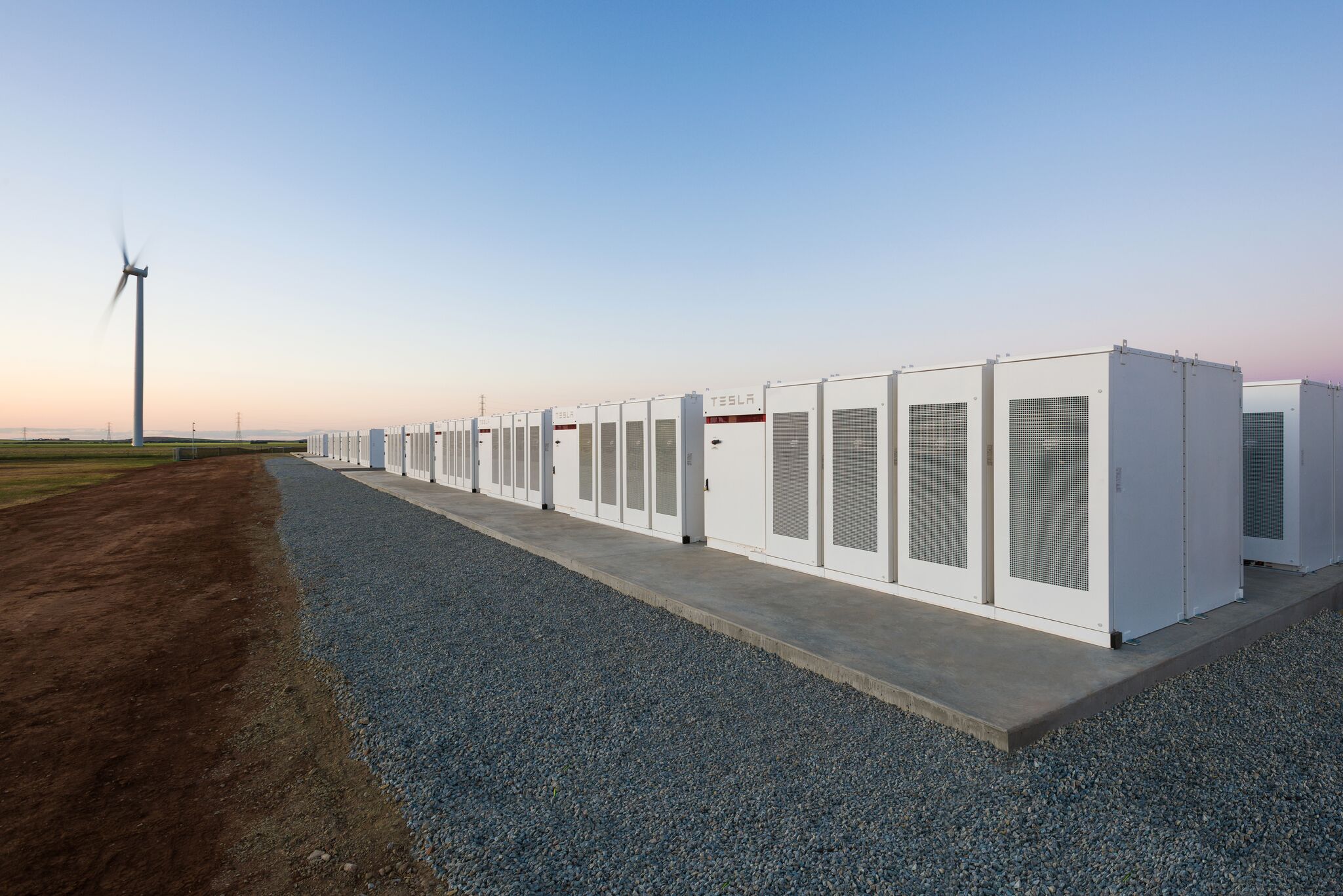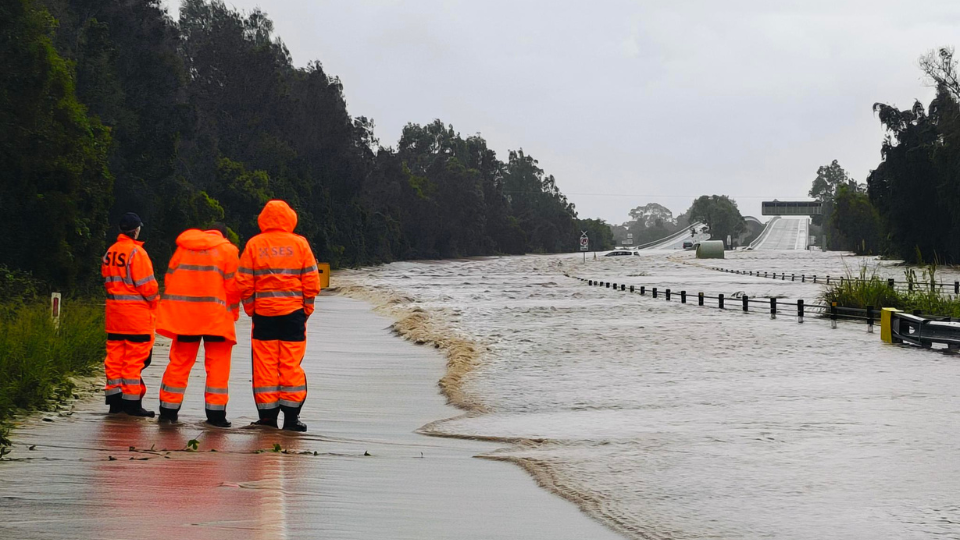Whether supplying the home, supporting the grid, or powering electric vehicles, batteries are already playing a meaningful role in Australia’s energy infrastructure. And as the world continues to shift away from fossil fuels, they will only become more vital.
Batteries are charged by external sources of energy, and the nature of this source matters. It’s only when batteries store and release the energy from renewable sources – sources like wind or solar that are free of fossil fuels – that batteries are truly decarbonising our nation. Batteries will become increasingly important in three notable, but distinct, ways:
- Residential batteries, which are individual batteries connected to home solar panels, can store excess power during the day and release it during the night or at times of intermittent supply, such as during a blackout.
- Grid batteries, also known as big batteries, can store the energy produced by wind or solar farms and feed it into a grid when there are disruptions or inconsistencies in the supply from those energy sources.
- Transport, be it electric vehicles or our public transport system, will be one of the primary beneficiaries of batteries. The batteries that power electric vehicles will reduce greenhouse gas emissions and – when connected to the grid – will also provide distributed energy storage for easing disturbances in the grid.
Batteries have the special quality of releasing great power, but of having limited energy storage. So while batteries are a brilliant option for electric vehicles (EVs), home storage, and stabilising our national grid, we also need to look at other options for the kind of bulk energy storage required when powering large-scale networks, such as our large energy grids.
For this kind of immense energy storage, we need to look at options like pumped hydro – which is cheaper for bulk energy storage – or solar thermal, where the sun’s energy is stored in other forms such as molten salt.
Why do we need batteries?

Batteries are a way of storing energy for a dedicated purpose in the future when it’s needed. And, as mentioned above, batteries work best at a sprint, lending them to applications that require immediate power: this is true of the AA batteries inside Game Boys, the battery of an electric vehicle accelerating from 0 to 100 km/H, or the grid-scale ‘big battery’ in Hornsdale that stabilises South Australia’s electricity grid.
In the context of reducing fossil fuels, batteries play a significant role in supporting renewable energy by storing their excess energy production for ‘a rainy day’.
“The nature of wind and solar – which are the cheapest renewable technologies,” says Roger Dargaville, Deputy Director of the Monash Energy Institute, “is that they are variable. They come and go. And there are times when the output [of solar and wind farms] is low and times when it will be higher than demand. We’re already seeing it in South Australia, when sometimes you get more than a hundred percent of demand being met by wind and solar. So as we go to higher penetrations throughout the National Electricity Market, we will need more and more storage.”
This is the answer to the oft repeated line ‘What happens when the sun doesn’t shine and the wind doesn’t blow?‘: batteries and long-term storage. It’s here that batteries can act as a storage solution for renewables.
1. Residential batteries
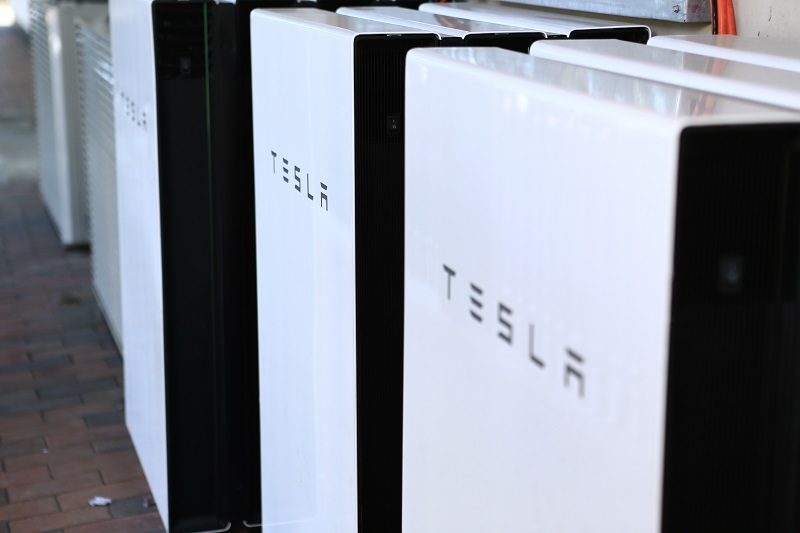
Let’s use an example that’s closer to home: a home with solar panels that produces more electricity than it can immediately use. What does the battery do?
Roger explains: “In broad terms, a battery would be there to soak up extra power from your solar panels. So if you’re not at home during the day, or if your solar panels are producing more power than you can use during the day, the battery will store those kilowatt hours. And then after the sun has set and you want to use energy for your cooking or washing or running your air conditioner, then you draw the power from the battery rather than the grid. And so that avoids you having to buy power off the grid.”
Residential batteries provide energy security during outages, such as blackouts. And, by their nature, residential batteries can also become a node in a kind of ‘distributed’ or ‘delocalised’ energy network. This distributed structure makes our energy system more stable and less vulnerable to disruptions – basically, a way of avoiding ‘putting all our eggs in one basket’. There are still hurdles to residential adoption, however.
Residential battery cost
Every home has to evaluate the economics of purchasing and installing a residential battery. “Maybe 15 years ago it was about $1000 per kilowatt hour for the cells, and now it’s down, under $200 – which is a dramatic drop in price – but there’s a lot of other components to the household energy storage unit to consider.” As the market for residential batteries grows, their price will inevitably fall.
2. Grid or ‘utility’-scale batteries
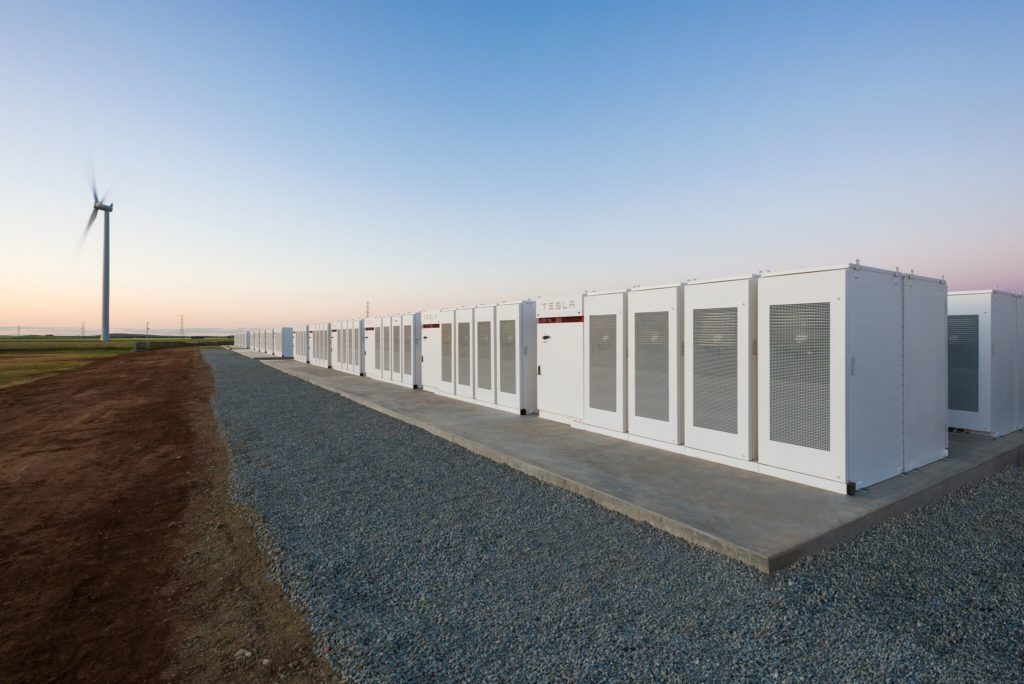
Just as a home battery can store excess electricity to power a single home, so, too, can big batteries store excess electricity to power the grid at a larger scale than individual households. The Hornsdale Power Reserve in South Australia, owned and operated by Neoen is one example. As of mid-2021 five other large batteries are installed on Australia’s largest grid – , with many more more planned across the network including many that make South Australia’s ‘big battery’ look tiny by comparison.
It’s here that the battery’s ability to provide electricity swiftly and at great power comes into its own, reaching full output in around one millisecond.
“The [big] batteries at the moment provide system stability. So for example, if a generator trips off – due to something like a lightning strike, or if clouds go over your solar farm and you need to quickly inject power into the grid, then the lithium-ion battery can respond very rapidly and help stabilise the frequency,” says Roger.
Big batteries operate like a back-up or a fine-tuning mechanism to the wind and solar farms that provide the bulk of energy. “In fact,” Roger says, “new renewable energy plants are currently mandated to provide reliability services to help deal with variability in the power output. This means we’re seeing quite a lot of the new solar farms being built with batteries – in the order of 10 or 20 megawatts – integrated.”
3. Transport: Batteries for electric vehicles and public transport
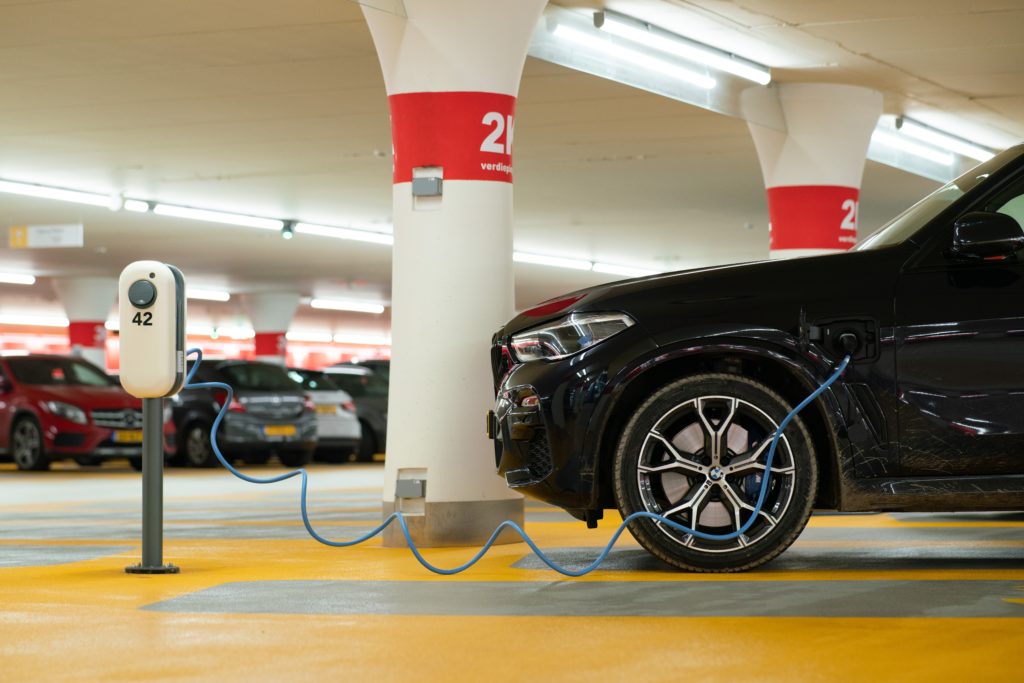
Transport (including public transport and electric vehicles) is the other, perhaps most considerable, application for lithium-ion batteries, according to not only Roger Dagarville, but also Bjorn Sturmberg, battery storage researcher at The Australian National University. Transport is Australia’s third biggest greenhouse gas emitter and “if we’re serious about meeting net zero goals,” Bjorn says, “after we decarbonise our electricity [grid], it’s only sensible that the second cab off the rank is to electrify transport. Hydrogen fuel cells might have their application in aviation and heavy shipping, but for road transport, the race between batteries and hydrogen has solidly been won by batteries.”
Electric vehicles (EVs) as mobile batteries
The era of EVs is upon us, and with it comes a great opportunity not only for our climate and economy but also for energy storage in general. Electric vehicles are themselves a form of energy storage and promise a responsive and more distributed electricity grid, but an adequate plan, too.
“We’re right on the cusp of EVs taking off in a big way,” Roger says. “The costs are coming down; the sales of the vehicles are increasing rapidly.” This sudden influx of electric transport presents a boon in energy storage. If the 19 million or so vehicles in Australia became electric, that would represent millions of extra batteries. When plugged in, each one of those electric vehicles would have their batteries connected to the grid allowing a two-way exchange of electricity: for the vehicles to be charged, yes, but also for the vehicles to stabilise the grid.
Roger predicts that the potential energy storage presented by the nation’s electric vehicles will surpass that of any other battery storage system.
It’s a sentiment echoed by Bjorn who says “transport batteries will do the heavy lifting of storing energy. When we decarbonise transport (when we’ve gotten rid of all fossil fuel cars) every bit of motion from every vehicle will be stored in a battery. By contrast, grid batteries will be playing a much smaller role.”
The benefit of these distributed EV batteries is that they can perform the same stabilising role for the grid as grid-scale batteries. “As [the grid] goes through peaks and troughs,” Bjorn continues, “you need to quickly balance the system in the timeframe of seconds and milliseconds, and it’s this timeframe that batteries excel at. Batteries kick in and provide a lot of power quickly, which is their same capability used in electric vehicles: a fast take off at a set of lights with their energy on hand, on-call, for quick delivery when in need.”
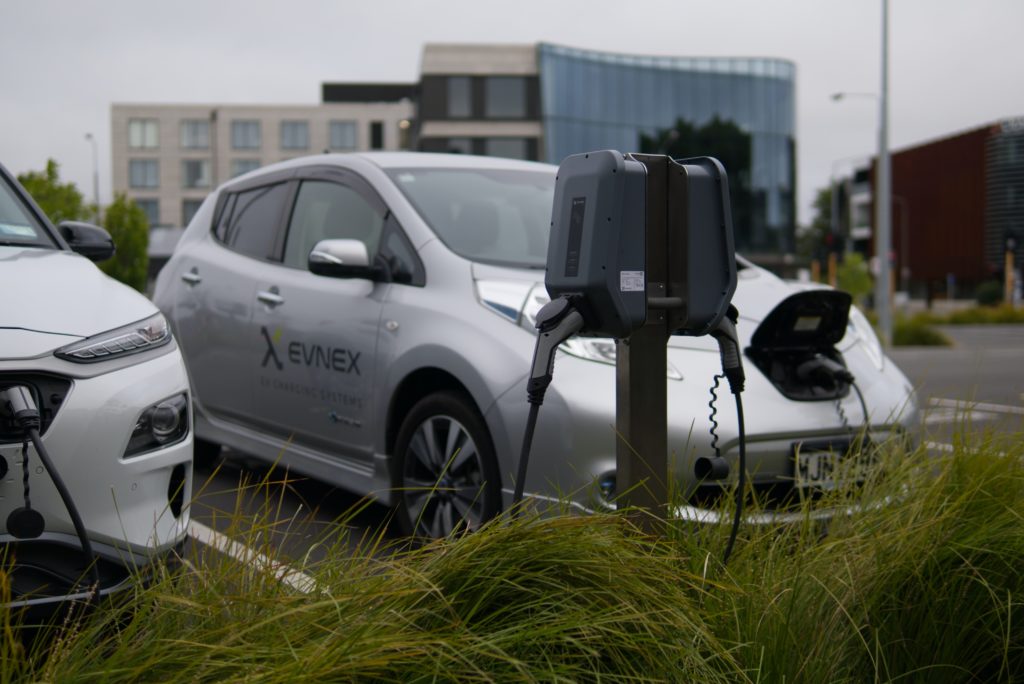
But of course, the batteries in electric vehicles need to be charged, and herein lies the problem. Roger, here: “We’ll need a coordinated system for integrating EVs into the grid, so they charge at a time that works in concert with the renewables. You definitely don’t want a system where a couple of gigawatts worth of EV batteries are charging or plugging into the grid and charging at 6:00 PM at night – the time that the grid is under the most stress.
“You need to delay the charging until later in the evening when wind power will meet demand or, better still, during the middle of the day, when [solar] can provide that service. Of course, to be charged during the day, cars will need to be at workspaces or shopping centres.”
At this scale, there will need to be significant planning and cooperation between governments and the Australian Energy Market Operator to ensure broad upsets like this are averted.
Bjorn describes a common myth surrounding electric vehicles: that they still rely on a grid rich in fossil fuels. “It’s just not true. Ideally you’ll be charging your electric vehicles with renewables or low carbon electricity, but even so – charging them off the current NEM (National Electricity Market), which still has a lot of coal in it – is still environmentally better than driving a fossil fuel-based vehicle.”
He concludes with an even better outcome: “Less is more. What’s better than driving an electric vehicle is using public transport or better yet, active transport. We shouldn’t get fixated on a one-to-one replacement of all current cars with electric vehicles. There’s a better way.”
Lithium
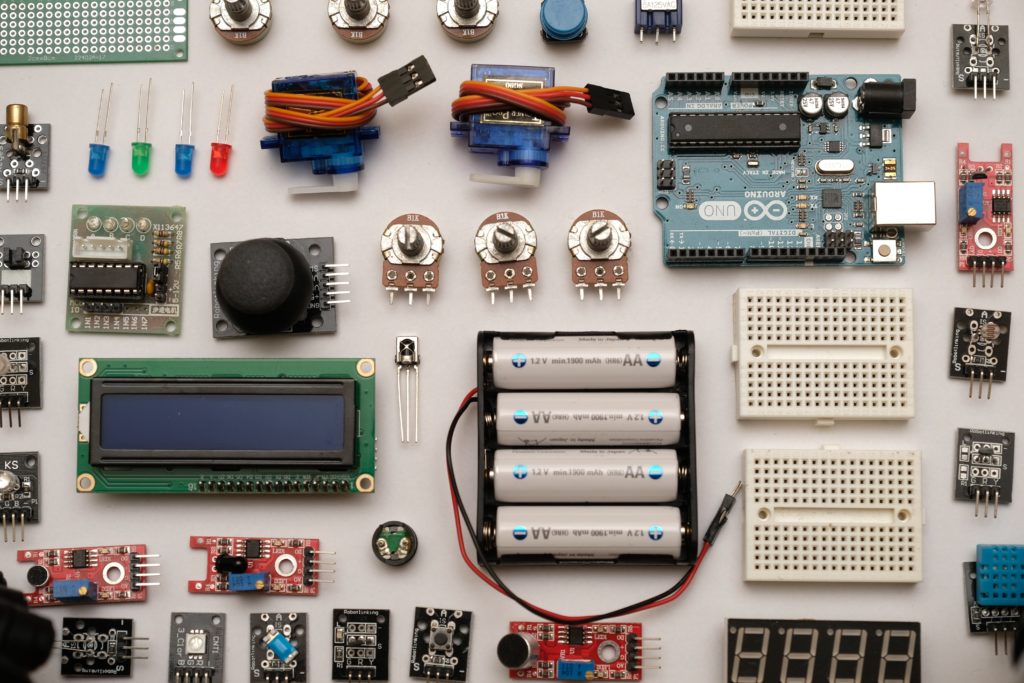
Another oft-stated short-coming to batteries is their components. Lithium-ion batteries rely on minerals such as lithium, cobalt, and nickel, which historically have been sourced from regions overseas where there are credible complaints of human rights abuses and low environmental standards. Australia has a role to play here. The country has abundant deposits of lithium, cobalt, and nickel, which puts us in pole position as the world seeks ethically sourced and processed minerals for the explosion of battery technology. To be taken seriously as a source of ethical minerals, Australia must build an industry that meets the highest possible standards of environmental performance and engagement with landholders, particularly through gaining the free, prior and informed consent of local First Nations groups.
Other forms of energy storage: Pumped hydro
When it comes to energy storage, pumped hydro is a robust complement to batteries. While batteries inject electricity to the grid in a manner that is responsive and instantaneous, pumped hydro takes longer to respond, but can bear much greater burdens of energy storage.
Pumped hydro is cheaper to scale up, i.e. to build larger reservoirs compared with more batteries, and it has a longer lifespan: anywhere from 50–100 years, with intermittent upkeep. It, along with solar thermal, present more viable forms of long-term and bulk-energy storage than lithium-ion batteries.

